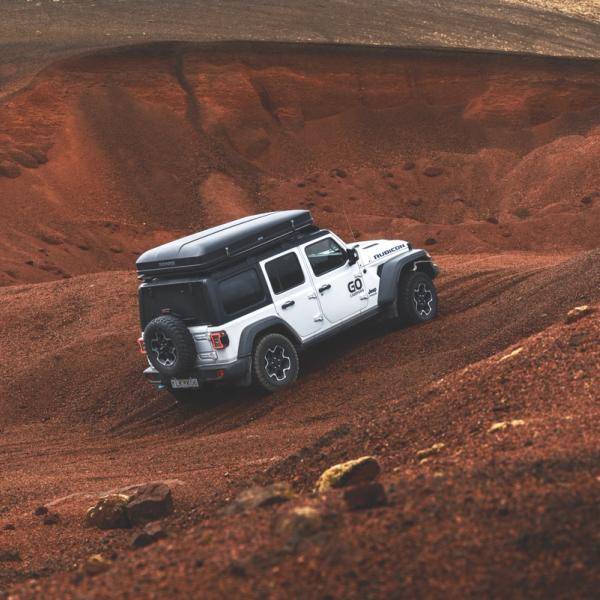
How Much Does a Trip to Iceland Cost in 2025? A Complete Guide
Wondering how much a trip to Iceland costs in 2025? In this article, we’ve broken down all the costs so you can budget your unforgettable trip to the Land of Fire and Ice.
Wondering how much a trip to Iceland will cost in 2025? You’re not alone. Iceland is known for being a pricey destination, but don’t let that scare you off. With the right planning and strategy, you can design an unforgettable adventure that fits almost any budget.
Whether you’re dreaming of exploring waterfalls, soaking in hot springs, or driving Iceland’s famous Ring Road, the cost of your trip will depend on how you approach accommodation, transportation, food, and activities.
In 2025, you can expect to pay anywhere from $1,200 for a budget-friendly trip to over $5,000 for a luxury, no-expenses-spared getaway. This guide breaks down everything you need to know about flights, hotels, campervan rentals, food, and activities so you can budget confidently for your trip to the Land of Fire and Ice.
How Much Does a Trip to Iceland Cost?
The total cost of a trip to Iceland will depend on how you approach accommodation, transportation, food, and activities. For example, a budget traveler might choose to camp and cook their own meals, while a mid-range traveler might prefer to stay in hotels or guesthouses. If you’re aiming for luxury, expect to pay significantly more for upscale hotels, gourmet dining, and private tours.
Here’s a quick breakdown of typical costs for a 7-day trip in USD:
| Category | Budget Trip | Mid-Range Trip | Luxury Trip |
| Flights | $300–$600 | $600–$1,000 | $1,000+ |
| Accommodation | $20–$50/night (camping) | $100–$200/night (hotel) | $250+/night (luxury) |
| Transportation | Campervan ($100–$150/day) | Rental car ($70/day) | Luxury SUV ($200+/day) |
| Food & Groceries | $10–$20/day (DIY) | $30–$60/day (mix) | $75+/day (restaurants) |
| Tours & Activities | Free–$100/day | $100–$250/day | $250+/day |
| Miscellaneous | $50–$200 total | $200–$400 total | $500+ total |
For a 7-day trip to Iceland:
- Budget travelers can expect to spend between $1,200 and $2,000 per person. This includes flights, a campervan or car rental, groceries, and a few activities.
- Mid-range travelers typically spend $2,500 to $4,000, with hotels, dining out, and additional tours adding to the total.
- Luxury travelers should plan to spend at least $5,000 for a week of high-end hotels, gourmet dining, and private tours.
These numbers aren’t just guesses—they’re based on real-world prices for flights, accommodation, meals, and activities. Let’s dive deeper into each category so you can start building your budget.
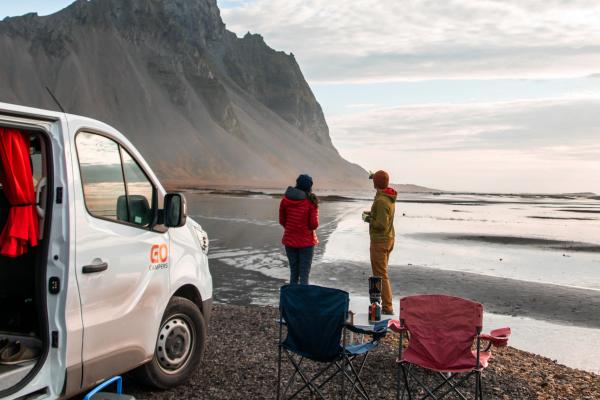
Flights to Iceland: What You’ll Pay and When to Book
Your flight is likely to be one of the biggest expenses for your Iceland trip, and the price you pay depends on when you book and when you travel.
If you want to save, aim for the low season (November to February). During these months, round-trip flights from the U.S. or Europe typically cost $300–$600. Just watch out for holiday travel around Christmas and New Year’s when prices can spike.
During peak travel season (June to August), flights are more expensive. Round-trip tickets often run between $800 and $1,200—sometimes even more if you wait too long to book. Your best bet is to lock in tickets three to six months in advance.
For a budget-friendly airline, check out Play Airlines, which frequently offers low prices. If your travel dates are flexible, use flight trackers like Google Flights to monitor prices and set up alerts—you’d be amazed how much prices can fluctuate from one week to the next.
If you travel from Europe, you’ll find cheaper flights than in North America. Either way, the key is to book early and be flexible.
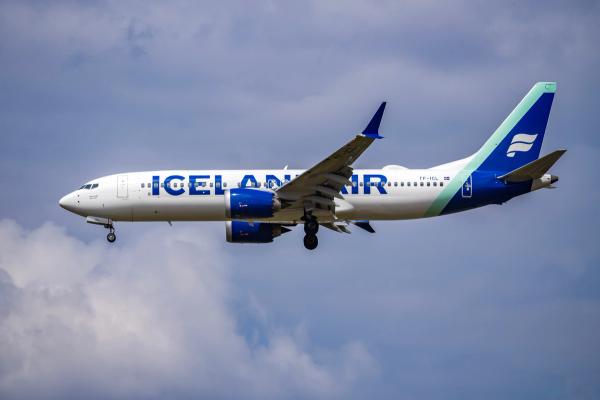
Accommodation Costs: Hotels, Guesthouses, and Camping Options
Where you stay will play a significant role in shaping your budget. The good news? Iceland offers options for every type of traveler, from cozy campsites to luxury hotels.
Hotels and Guesthouses
Hotels and guesthouses are the most comfortable options, but they’ll also take the biggest bite out of your budget. Expect to pay:
- $100–$200 per night for a mid-range hotel or guesthouse
- $250+ per night for upscale or boutique hotels
Keep in mind that prices peak during the summer months, especially in Reykjavik. Booking early is your best chance to snag a deal.
Camping
If you’re traveling on a budget, camping is an awesome option. Campsites are everywhere in Iceland, and they’re super affordable, typically costing $15–$30 per night per person. Many travelers opt for campervans, which double as your vehicle and accommodation.
For frequent campers, consider the Iceland Camping Card (around €179), which gives you access to over 40 campsites for up to 28 nights. Just make sure to plan your route carefully to maximize the card’s value.
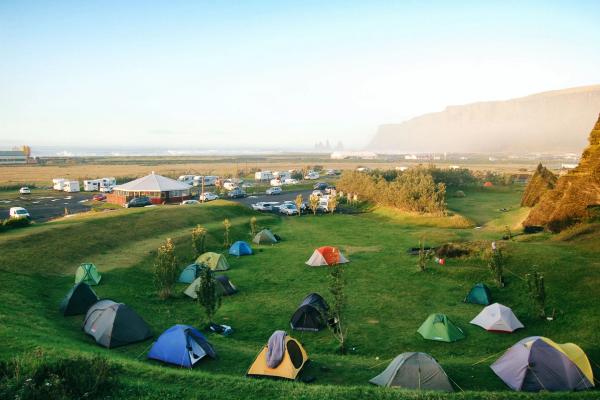
Transportation: Should You Rent a Campervan or a Car?
When it comes to getting around Iceland, you have two main choices: campervan or rental car. Each has its own pros and cons.
Campervans
Campervans are super popular because they give you total freedom to explore Iceland at your own pace. They’re like a two-in-one deal: transportation and accommodation combined. Prices range from:
- $75–$150/day for basic models
- $180–$300+/day for luxury models or 4x4 campervans (necessary for Highland F-roads)
Campervan rentals are most expensive during summer, so book early if you’re traveling between June and August.
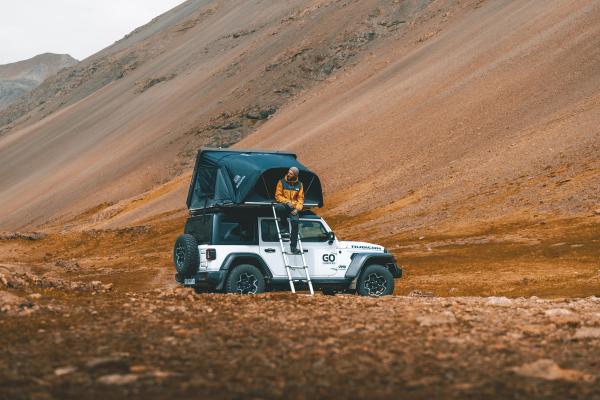
Rental Cars
Prefer to stay in hotels or guesthouses? A rental car might be a better fit. Economy cars start at $70/day, while SUVs and 4x4s can cost $200/day or more if you need to tackle Iceland’s rugged F-roads.
No matter what you choose, don’t forget to factor in fuel costs. Gas prices in Iceland average around $8.30 per gallon (or 304 ISK per liter).
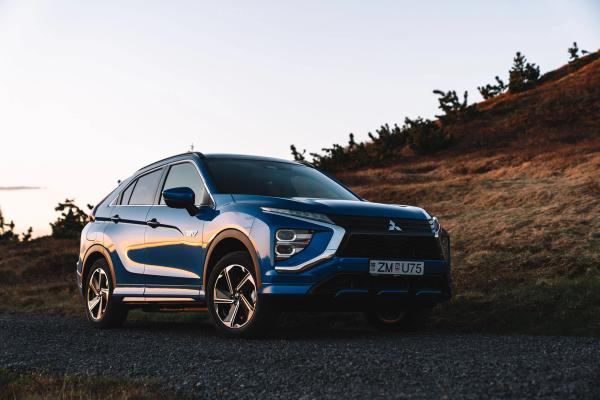
Food Costs: Eating Out vs. Cooking Your Own Meals
Food in Iceland is expensive—there’s no way around it. A single restaurant meal can easily set you back $30–$50 per person, and a three-course dinner at a high-end restaurant might cost $100+.
If you’re on a budget, cooking your own meals is the way to go. Campervans and most campsites come with basic cooking facilities, and supermarkets like Bonus and Krónan are your best bet for affordable groceries. Budget $10–$20 per day if you’re cooking for yourself.
And when do you need a quick meal on the go? Iceland’s famous gas station hot dogs are surprisingly tasty and cost just $5–$8.
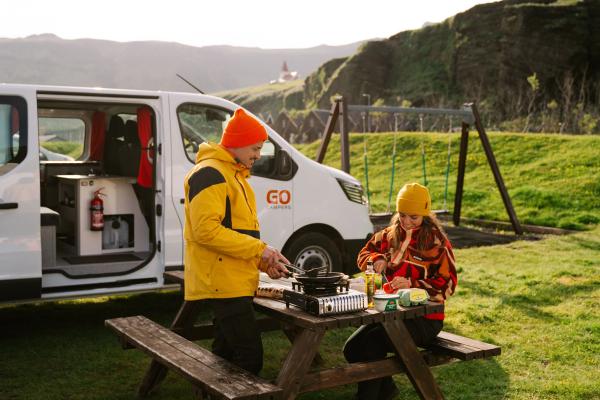
Packing and Preparing: Reducing Costs
Packing strategically can save you significant money while traveling in Iceland. Here’s how:
- Reusable Water Bottles: Iceland’s tap water is some of the cleanest in the world. Bring a reusable water bottle to avoid buying bottled water at $2–$4 per bottle.
- Food and Snacks: Packing lightweight, non-perishable snacks like granola bars can save you from overpriced convenience stores or gas station meals.
- Proper Clothing: Before your trip, invest in thermal layers, waterproof jackets, and sturdy hiking boots. These can be 30–50% more expensive if purchased locally.
- Power Adapters and Chargers: Iceland uses the European plug type (Type C or F). To avoid last-minute purchases, bring an adapter and a power bank.
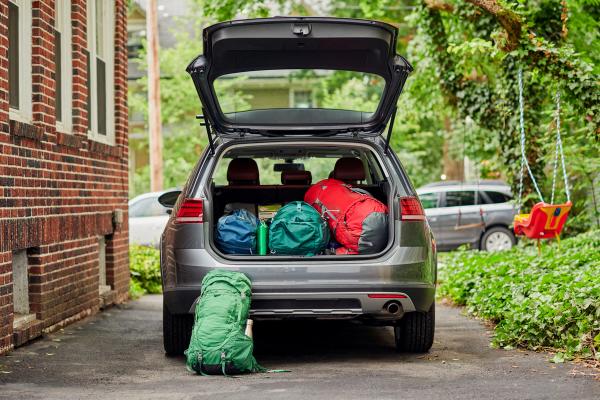
How Much Do Activities and Tours Cost?
The best part about Iceland? Many of its top attractions—like waterfalls, black sand beaches, and glaciers—are completely free to visit. You can fill your itinerary with stunning sights without spending a dime.
If you want to splurge on tours, here’s what to expect:
- Whale watching: $80–$150 per person
- Glacier hiking: $150–$250 per person
- Blue Lagoon entry: $50–$75, depending on the time of day
In 2025, you’ll also notice more places charging for parking, so keep a little extra cash handy as well. Currently, the average rate to park at a natural attraction is 1000 ISK.
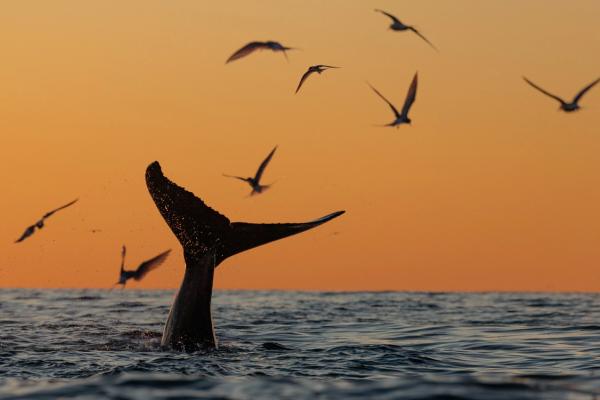
Seasonal Travel Costs
Iceland’s costs fluctuate significantly depending on the time of year, making it important to consider your travel season when budgeting. Here's a breakdown of costs by season, in USD:
Low Season (November to February)
Iceland’s winter months are the most affordable for flights and accommodations. You’ll find:
Flights: $300–$600.
Accommodation discounts: Hotels and guesthouses often offer lower rates, with rooms starting at $80 per night.
Campervan rentals: As low as $80–$120/day.
However, limited daylight hours and unpredictable weather may restrict your activities. Some attractions, like Highland roads, are inaccessible.
Shoulder Seasons (March to May, September to October)
These months offer a balance of affordability and accessibility:
Flights: $500–$800 round-trip.
Accommodation: $100–$150 per night for mid-range hotels.
Benefits: Fewer crowds and good chances of seeing the northern lights in early spring or fall.
Peak Season (June to August)
Summer brings warmer weather and 24-hour daylight, but prices soar:
Flights: $800–$1,200 or more.
Accommodation: Mid-range hotels start at $200 per night; camping has become the cheapest option.
Car rentals and campervans: $150–$400/day.
Book months in advance to secure spots for accommodations and tours during peak season.
Currency and Payment Tips
Iceland operates primarily on a cashless system, making credit cards your best friend. Here are tips to avoid extra costs:
- Currency: The Icelandic Krona (ISK) is the official currency. Most transactions, even for small items like hot dogs, can be paid with a card. Avoid airport currency exchange kiosks, which have high fees.
- Credit Cards: Choose a card with no foreign transaction fees to save 1–3% per transaction. Popular options include Chase Sapphire Preferred or Capital One Venture.
- Prepaid Cards or Travel Wallets: Load a prepaid travel card with ISK to avoid dynamic currency conversion fees, where merchants charge in USD or your home currency instead of ISK.
- Contactless Payments: Iceland widely accepts Apple Pay, Google Pay, and tap-enabled cards, offering convenience and security.
- Receipts and Refunds: Keep receipts for high-value purchases to claim VAT refunds at the airport, saving up to 14% on eligible items.
So, How Much Will Your Iceland Trip Cost?
Your total Iceland trip cost will depend on how you choose to travel:
- Budget travelers can expect to spend $1,200–$2,000 per person for a 7-day trip.
- Mid-range travelers will spend $2,500–$4,000.
- Luxury travelers should budget $5,000+ for a no-expenses-spared adventure.
Conclusion
The key to saving money is booking early, cooking your own meals, and using a campervan to avoid hotel and transportation costs. If you can be flexible with your travel dates, you’ll save even more.
No matter your budget, Iceland will take your breath away. From chasing waterfalls to watching the northern lights, every dollar you spend will be worth it. So, start planning your adventure today—you won’t regret it!

